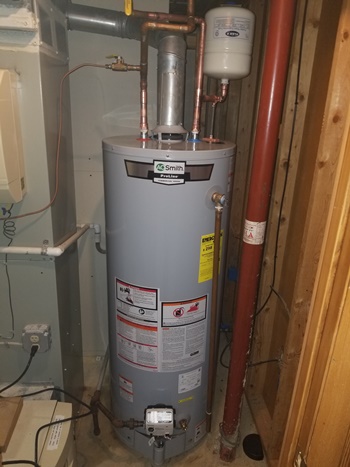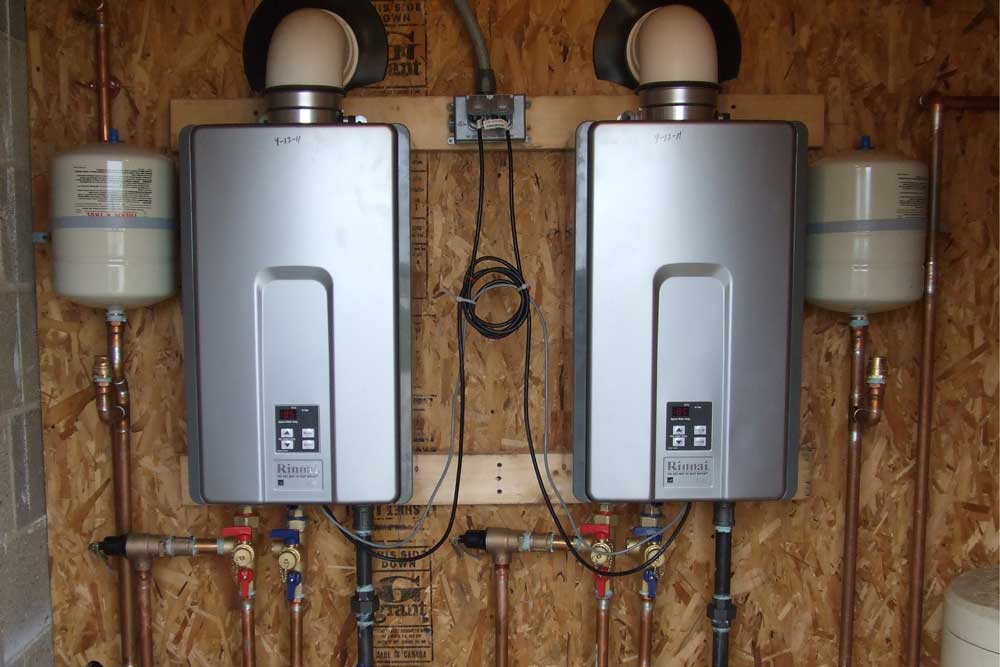Steps to Extend the Life of Your Home's Hot Water System Through Maintenance
Steps to Extend the Life of Your Home's Hot Water System Through Maintenance
Blog Article
Just about everyone maintains their personal piece of advice involving How to Maintain Your Water Heater & Prolong its Life.

Hot water is important for daily convenience, whether it's for a rejuvenating shower or washing dishes. To ensure your warm water system runs effectively and lasts longer, normal maintenance is key. This post supplies useful tips and understandings on exactly how to maintain your home's warm water system to stay clear of disturbances and costly fixings.
Intro
Maintaining your home's warm water system may seem difficult, however with a few simple steps, you can ensure it operates smoothly for several years ahead. This overview covers every little thing from comprehending your hot water system to do it yourself maintenance pointers and knowing when to contact professional assistance.
Value of Preserving Your Hot Water System
Regular maintenance not just extends the life-span of your hot water system but likewise guarantees it operates successfully. Neglecting maintenance can lead to reduced effectiveness, higher power bills, and even early failing of the system.
Signs Your Hot Water System Demands Maintenance
Knowing when your hot water system needs interest can stop significant issues. Keep an eye out for indicators such as inconsistent water temperature, odd sounds from the heating unit, or rustic water.
Recognizing Your Hot Water System
Before diving right into upkeep jobs, it's valuable to recognize the standard components of your hot water system. Normally, this consists of the water heater itself, pipes, anode rods, and temperature level controls.
Month-to-month Upkeep Tasks
Normal monthly checks can help catch minor problems prior to they intensify.
Purging the Hot Water Heater
Purging your hot water heater removes sediment buildup, enhancing efficiency and prolonging its life.
Checking and Replacing Anode Rods
Anode rods stop rust inside the container. Evaluating and changing them when broken is crucial.
Examining and Changing Temperature Settings
Adjusting the temperature level setups ensures optimal performance and safety and security.
Do It Yourself Tips for Upkeep
You can execute a number of upkeep tasks yourself to keep your hot water system in leading problem.
Looking for Leaks
Frequently check pipes and connections for leaks, as these can lead to water damages and greater bills.
Evaluating Pressure Relief Valves
Testing the stress safety valve guarantees it works properly and avoids extreme pressure build-up.
Shielding Pipelines
Protecting warm water pipelines decreases heat loss and can conserve power.
When to Call an Expert
While DIY maintenance is useful, some problems call for specialist know-how.
Complicated Concerns Needing Professional Assistance
Instances include significant leaks, electrical problems, or if your hot water heater is continually underperforming.
Routine Professional Upkeep Conveniences
Expert maintenance can consist of complete assessments, tune-ups, and guaranteeing compliance with safety and security standards.
Final thought
Regular upkeep of your home's hot water system is essential for performance, durability, and cost savings. By complying with these tips and understanding when to seek professional aid, you can make certain a reliable supply of hot water without unanticipated disruptions.
How to Maintain an Instant Hot Water Heater
Before tinkering with your hot water heater, make sure that it’s not powered on. You also have to turn off the main circuit breaker and shut off the main gas line to prevent accidents. Also turn off the water valves connected to your unit to prevent water from flowing into and out of the appliance. 2. When you’re done, you have to detach the purge valves’ caps. These look like the letter “T†and are situated on either side of the water valves. Doing so will release any pressure that has accumulated inside the valves while at the same time avoid hot water from shooting out and burning your skin. 3. When the purge valves’ caps are removed, you have to connect your hosing lines to the valves. Your unit should have come with three hoses but if it didn’t, you can purchase these things from any hardware or home repair shops. You can also get them from retail stores that sell water heating systems. Read the user’s manual and follow it to complete this task properly. When the hosing lines are connected, open the purge port’s valves. 4. You should never use harsh chemical cleaners or solutions when cleaning your unit. Make use of white vinegar instead. It should be undiluted and you’ll probably use about 2 gallons. 5. Now flush your water heater. This task should probably take about 40 minutes. We can’t give you specific directions for this because the procedure is carried out depending on the type, model and brand of your heater. With that being said, refer to the user’s manual. 6. When you’re done draining the unit, you have to turn off the purge port valves again. Remove the hosing lines that you earlier installed on each of the water valves. Put the valve caps (purge port) back in their respective places and be very careful so as not to damage the rubber discs that are found inside these caps. 7. Now that everything’s back in place, check your user’s manual again to find out how to reactivate your water heating system. 8. Once it is working, turn one of your hot water faucets on just to let air pass through the heater’s water supply pipes. Leave the tap on until water flows smoothly out of it. https://www.orrplumbing.com/blog/2014/september/how-to-maintain-an-instant-hot-water-heater/

We were introduced to that report about What Kind of Maintenance Do Water Heaters Need? through a buddy on another web page. Loved our post? Please share it. Let somebody else find it. I am grateful for your time. Please check our site back soon.
Request Free Estimate Report this page